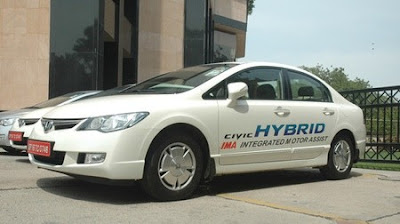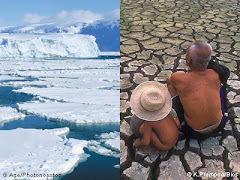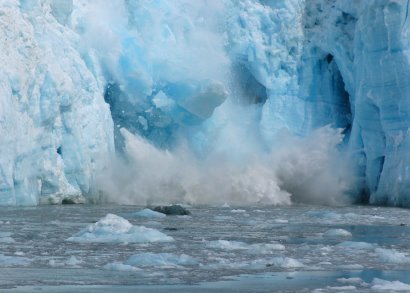
The LHC was built by the European Organization for Nuclear Research (CERN), and lies underneath the Franco-Swiss border between the Jura Mountains and the Alps near Geneva, Switzerland. It is funded by and built in collaboration with over 10,000 scientists and engineers from over 100 countries as well as hundreds of universities and laboratories with the intention of testing various predictions of high-energy physics, including the existence of the hypothesized Higgs boson.
On 10 September 2008 the LHC accelerated its first proton streams, only to have operations suspended on 12 September 2008 due to equipment failure. Owing to the already planned winter shutdown, the collider will not be operational again until the spring of 2009.
When in operation, about seven thousand scientists from eighty countries will have access to the LHC. It is theorized that the collider will produce the elusive Higgs boson, the last unobserved particle among those predicted by the Standard Model. The verification of the existence of the Higgs boson would shed light on the mechanism of electroweak symmetry breaking, through which the particles of the Standard Model are thought to acquire their mass. In addition to the Higgs boson, new particles predicted by possible extensions of the Standard Model might be produced at the LHC. More generally, physicists hope that the LHC will enhance their ability to answer the following questions:
- Is the Higgs mechanism for generating elementary particle masses in the Standard Model indeed realised in nature? If so, how many Higgs bosons are there, and what are their masses?
- Are electromagnetism, the strong nuclear force and the weak nuclear force just different manifestations of a single unified force, as predicted by various Grand Unification Theories?
- Why is gravity so many orders of magnitude weaker than the other three fundamental forces? See also Hierarchy problem.
- Is Supersymmetry realised in nature, implying that the known Standard Model particles have supersymmetric partners?
- Will the more precise measurements of the masses and decays of the quarks continue to be mutually consistent within the Standard Model?
- Why are there apparent violations of the symmetry between matter and antimatter? See also CP-violation.
- What is the nature of dark matter and dark energy?
- Are there extra dimensions , as predicted by various models inspired by string theory, and can we detect them?
Of the possible discoveries the LHC might make, only the discovery of the Higgs particle is relatively uncontroversial, but even this is not considered a certainty. Stephen Hawking said in a BBC interview that "I think it will be much more exciting if we don't find the Higgs. That will show something is wrong, and we need to think again. I have a bet of one hundred dollars that we won't find the Higgs." In the same interview Hawking mentions the possibility of finding superpartners and adds that "whatever the LHC finds, or fails to find, the results will tell us a lot about the structure of the universe."
As an ion collider
The LHC physics programme is mainly based on proton–proton collisions. However, shorter running periods, typically one month per year, with heavy-ion collisions are included in the programme. While lighter ions are considered as well, the baseline scheme deals with lead ions. (see A Large Ion Collider Experiment). This will allow an advancement in the experimental programme currently in progress at the Relativistic Heavy Ion Collider (RHIC). The aim of the heavy-ion programme is to provide a window on a state of matter known as Quark-gluon plasma, which characterized the early stage of the life of the Universe.





